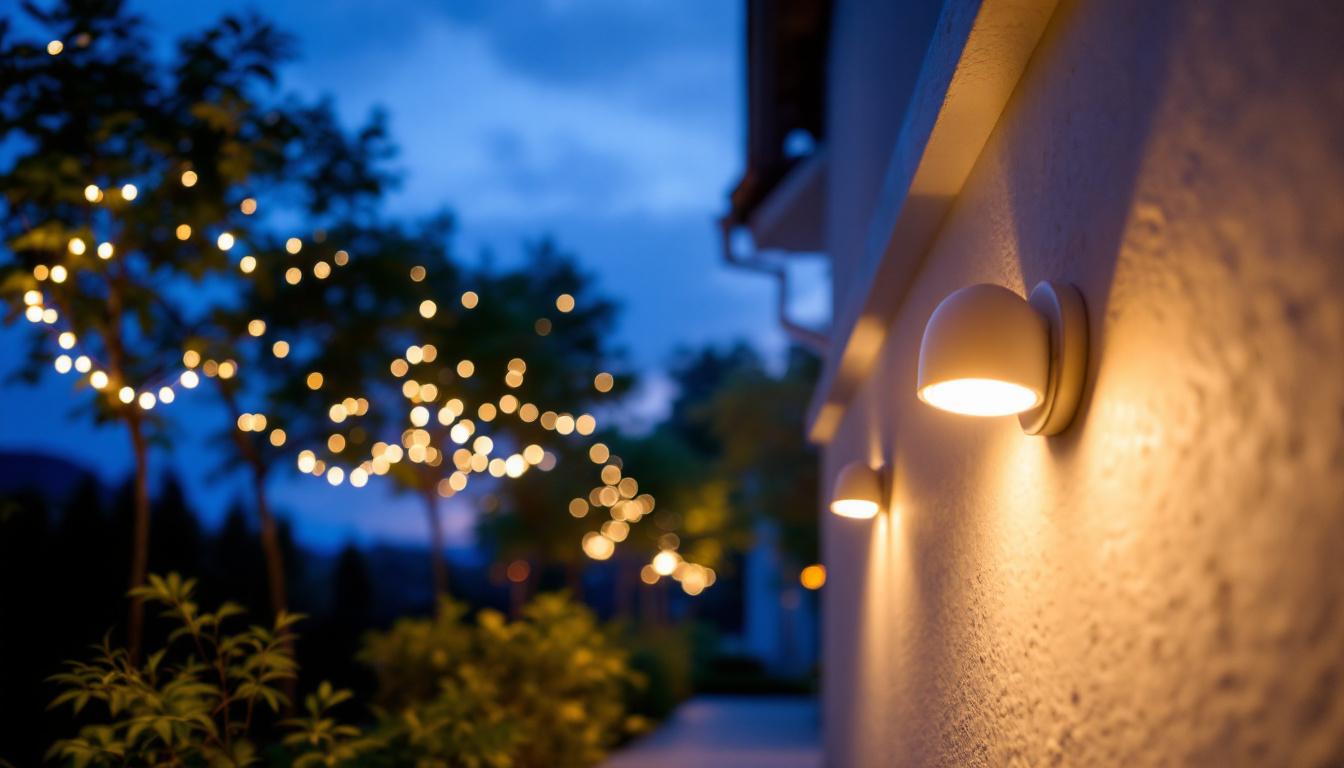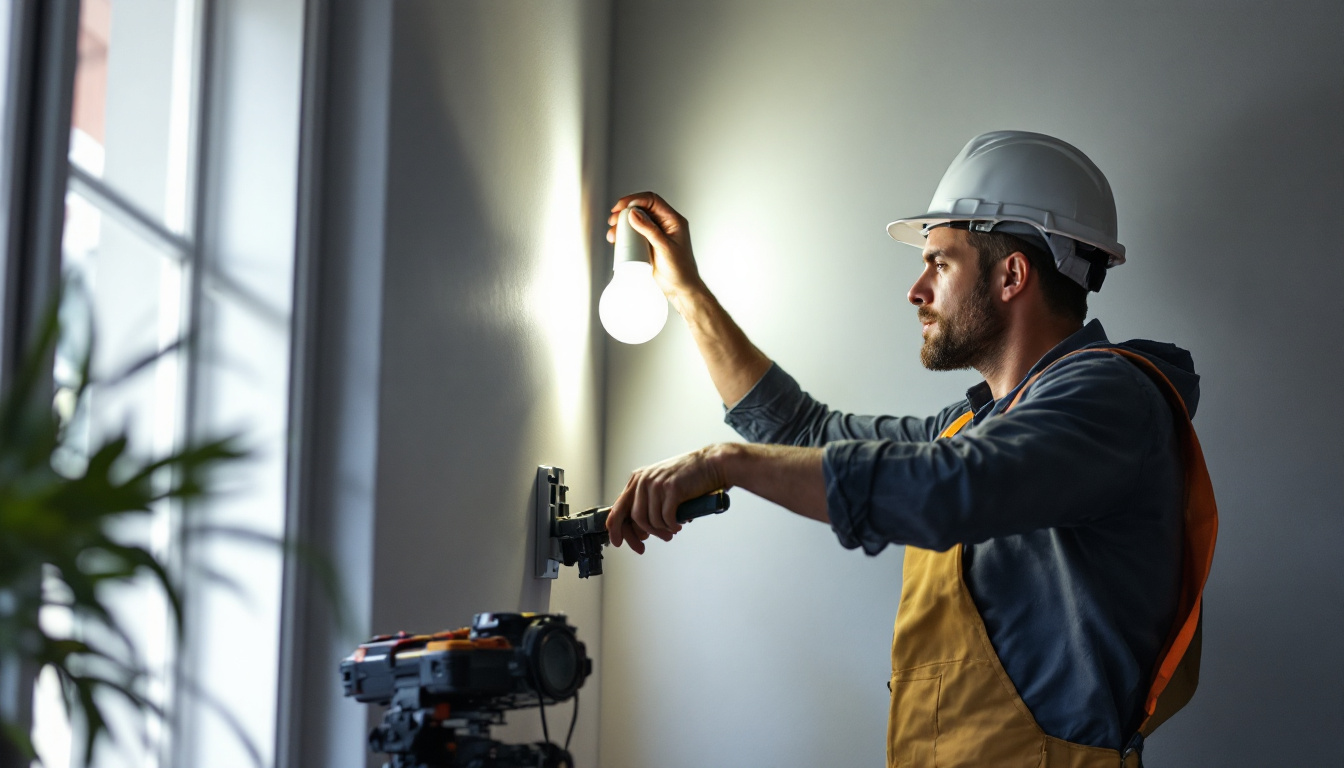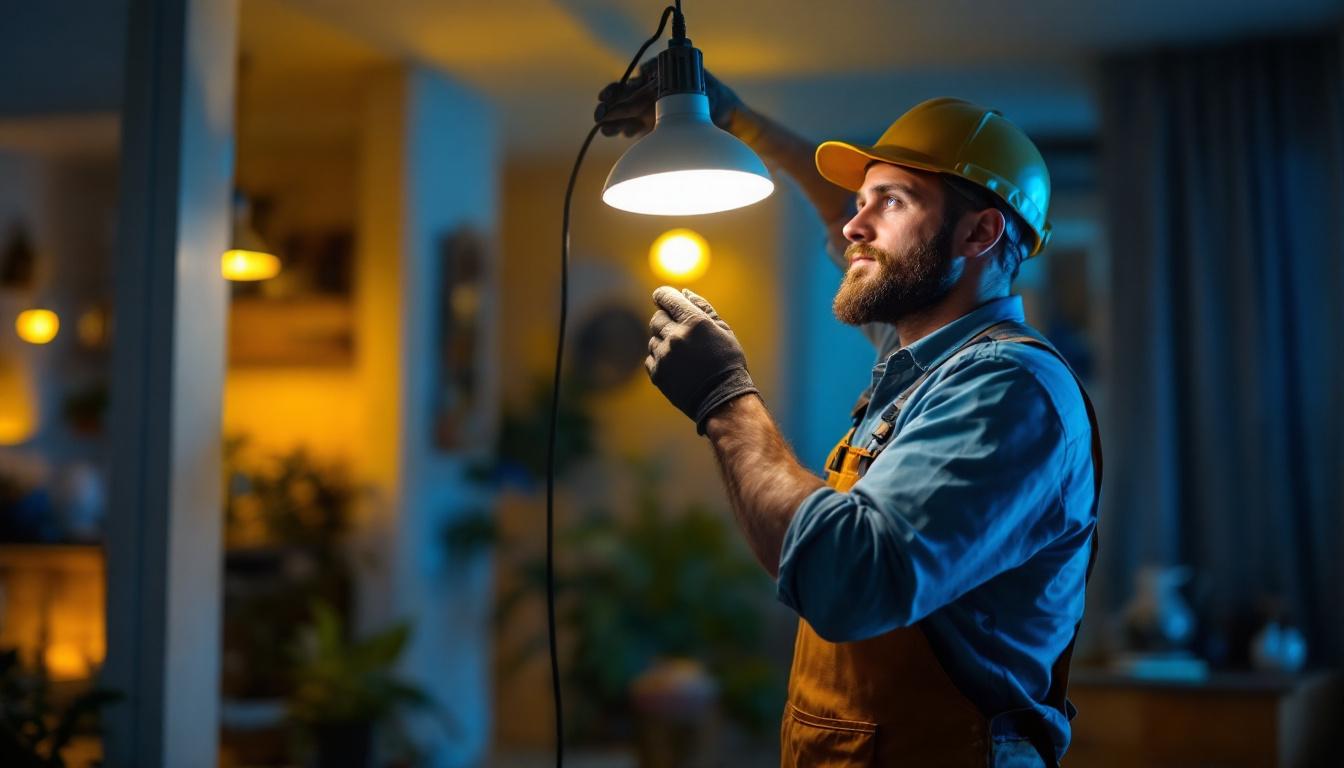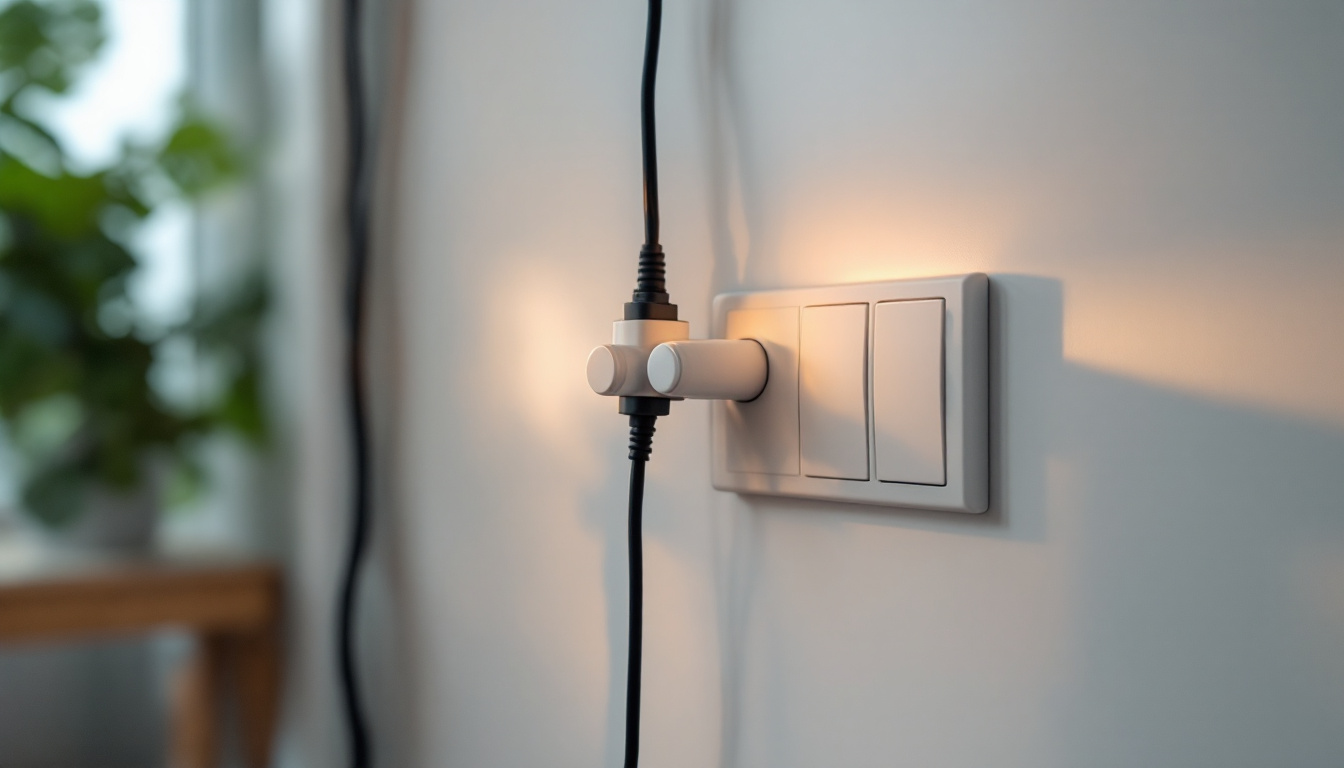
As outdoor lighting continues to evolve, motion-activated fixtures have become increasingly popular among homeowners and businesses alike. These fixtures not only enhance security but also improve energy efficiency and convenience. For lighting contractors, understanding the essential components and considerations when installing motion-activated outdoor light fixtures is crucial. This article provides a comprehensive checklist to ensure successful installations.
Motion-activated outdoor light fixtures are designed to illuminate areas when they detect movement. This functionality is particularly beneficial for enhancing security around homes and commercial properties. By providing light only when needed, these fixtures can also help reduce energy consumption.
These fixtures come in various styles and technologies, catering to different needs and preferences. Whether it’s for a residential backyard or a commercial parking lot, knowing the right type of fixture to use is essential for any lighting contractor. Additionally, many models now incorporate smart technology, allowing users to control the lights remotely via smartphone apps, providing even greater flexibility and security management.
There are several types of motion sensors used in outdoor lighting, including passive infrared (PIR), microwave, and dual-tech sensors. Each type has its advantages and ideal applications. PIR sensors are the most common, detecting changes in infrared radiation, which is emitted by moving objects, particularly warm bodies. Microwave sensors emit microwave pulses and detect motion based on the changes in frequency. Dual-tech sensors combine both technologies, providing a more reliable detection method.
In addition to these common types, some advanced motion sensors utilize video analytics and artificial intelligence to differentiate between human movement and other disturbances, such as animals or vehicles. This can significantly reduce false alarms and ensure that the lighting system only activates when it is truly necessary, thus enhancing the overall efficiency of the system.
Installing motion-activated outdoor light fixtures offers numerous benefits. Firstly, they enhance safety by illuminating dark areas, making it harder for intruders to approach unnoticed. Secondly, they provide convenience, as homeowners no longer need to fumble for switches in the dark. The sudden illumination can also deter potential intruders, as the unexpected light can draw attention to their presence.
Moreover, these fixtures can lead to significant energy savings. Since they only activate when motion is detected, they reduce unnecessary energy consumption, making them an environmentally friendly option. Additionally, many modern fixtures are designed with LED technology, which not only consumes less energy but also has a longer lifespan compared to traditional bulbs. This combination of energy efficiency and longevity makes motion-activated lighting a smart investment for both residential and commercial properties, ensuring that users enjoy both safety and cost-effectiveness over time.
When preparing to install motion-activated outdoor light fixtures, several key components must be considered. Each element plays a vital role in ensuring the system functions effectively and reliably.
The choice of light fixtures is paramount. Options range from LED to halogen and incandescent lights. LEDs are often preferred due to their longevity and energy efficiency. They provide bright illumination while consuming less power, making them an excellent choice for outdoor applications.
Contractors should also consider the fixture’s design and weather resistance. Outdoor fixtures must withstand various environmental conditions, including rain, snow, and extreme temperatures. Look for fixtures rated for outdoor use to ensure durability. Additionally, the aesthetic appeal of the fixtures should not be overlooked; choosing styles that complement the architecture of the home can enhance curb appeal while providing functional lighting.
Proper mounting hardware is essential for secure installation. The hardware must be compatible with the chosen fixtures and suitable for the installation surface, whether it be wood, brick, or concrete. Using the right anchors and screws will ensure the fixtures remain securely in place, even in adverse weather conditions.
Additionally, consider the height at which the fixtures will be mounted. Higher placements can cover larger areas, but they may require more powerful sensors to detect motion effectively. It’s also important to think about the angle of installation; adjusting the angle can help optimize the sensor’s range and reduce false triggers caused by passing cars or animals.
Wiring is a critical aspect of any lighting installation. Ensure that the wiring used is rated for outdoor use and can handle the load of the fixtures. Contractors should be familiar with local electrical codes and regulations to ensure compliance and safety.
For those using wired systems, a reliable power supply is necessary. If the installation is in a remote area, solar-powered options may be considered. These systems can reduce installation complexity and ongoing energy costs. Furthermore, integrating smart technology into the lighting system can offer additional benefits, such as remote control via smartphone apps, allowing homeowners to manage their outdoor lighting from anywhere. This not only enhances convenience but also provides an added layer of security, as lights can be programmed to turn on at specific times or in response to detected movement.
Successful installation of motion-activated outdoor light fixtures requires careful planning and execution. Following best practices can help ensure that the fixtures perform optimally and meet client expectations.
Before installation, conduct a thorough site assessment. Identify areas that require illumination and assess potential obstacles that may hinder motion detection. Consider the layout of the property, including pathways, entrances, and any landscaping that may obstruct the sensor’s view.
During the assessment, it’s also essential to discuss with the client their specific needs and preferences. Understanding their expectations will guide the selection of fixtures and the positioning of sensors.
Sensor placement is crucial for effective operation. Position sensors where they can detect movement from the desired areas while minimizing false triggers from passing cars or animals. Ideally, sensors should be mounted at a height of 6 to 8 feet for optimal detection.
Additionally, consider the field of view of the sensor. Some sensors have a wider angle of detection, while others are more focused. Choose a sensor that aligns with the intended coverage area.
After installation, thorough testing is essential. Activate the fixtures to ensure they respond appropriately to motion. Check for any blind spots or areas where the sensor may not detect movement effectively.
Adjust the sensitivity settings of the sensors as needed. Many motion sensors allow for customization, enabling contractors to fine-tune the detection range and sensitivity to minimize false activations.
Regular maintenance is vital for ensuring the longevity and reliability of motion-activated outdoor light fixtures. Contractors should educate clients on the importance of upkeep to maximize the benefits of their installations.
Outdoor fixtures can accumulate dirt, debris, and moisture over time. Regular cleaning of the fixtures and sensors will help maintain their performance. Recommend that clients periodically wipe down the fixtures and check for any obstructions that may impede the sensor’s view.
Additionally, conduct routine inspections to identify any signs of wear or damage. Check the wiring, connections, and mounting hardware to ensure everything remains secure and functional.
As technology advances, older fixtures may become outdated. Encourage clients to consider upgrading to newer models that offer improved features, such as enhanced motion detection, energy efficiency, and smart home integration.
Staying informed about the latest trends in outdoor lighting technology will not only benefit clients but also position contractors as knowledgeable professionals in the field.
While installing motion-activated outdoor light fixtures can be straightforward, several challenges may arise. Being prepared to address these issues can enhance the installation process and improve client satisfaction.
One of the most common challenges with motion-activated lighting is false activations. These can occur due to passing cars, animals, or even strong winds. To mitigate this, ensure that sensors are positioned correctly and adjust their sensitivity settings as needed.
Consider using fixtures with adjustable sensitivity and a timer function. These features allow for customization based on the specific environment, reducing the likelihood of unnecessary activations.
Inconsistent performance can be frustrating for clients. If fixtures do not activate consistently, it may be due to poor placement or obstructions. Conduct a thorough assessment of the installation site and make necessary adjustments to the sensor placement.
Additionally, ensure that the power supply is stable and that all wiring connections are secure. Regular maintenance checks can also help identify any issues that may affect performance.
Effective communication with clients is essential throughout the installation process. Educating them about the features and benefits of motion-activated outdoor light fixtures will enhance their overall experience and satisfaction.
Take the time to explain the features of the installed fixtures, including how to adjust settings and troubleshoot common issues. Providing a user manual or instructional guide can be beneficial for clients who may not be familiar with the technology.
Highlight the energy-saving benefits and security enhancements that motion-activated lighting provides. This knowledge can help clients appreciate the value of their investment and encourage them to utilize the fixtures effectively.
Offering follow-up support can set contractors apart from the competition. Encourage clients to reach out with any questions or concerns after installation. Providing ongoing support fosters trust and can lead to repeat business and referrals.
Consider scheduling a follow-up visit after a few months to assess the performance of the fixtures and make any necessary adjustments. This proactive approach demonstrates commitment to quality service.
Motion-activated outdoor light fixtures are an excellent choice for enhancing security, convenience, and energy efficiency. For lighting contractors, understanding the essential components, installation best practices, and maintenance considerations is vital for successful projects.
By following this comprehensive checklist, contractors can ensure that they deliver high-quality installations that meet client expectations. Staying informed about the latest technologies and trends in outdoor lighting will further enhance their expertise and reputation in the industry.
Ultimately, investing time and effort into understanding motion-activated lighting will not only benefit contractors but also provide clients with a safe and well-lit environment.
Ready to elevate your lighting installations with the best in motion-activated outdoor light fixtures? Look no further than LumenWholesale. Our commitment to quality and affordability ensures that you have access to the most advanced, spec-grade lighting products at prices that make sense for your business. Say goodbye to local distributor markups and hello to a vast selection of premium lighting solutions that meet the highest industry standards. Plus, with free shipping on bulk orders, you can stock up on all the essentials without any hidden fees. Don’t compromise on quality or cost—choose LumenWholesale for the perfect blend of performance and value. Wholesale Lighting at the Best Value is just a click away.

Discover innovative cost-saving strategies for lighting contractors with wall LED lights.

Discover how integrating LED lamp kits into your projects can revolutionize your lighting business.

Discover the essential guide to three-way light switches tailored for lighting contractors.

Discover why lighting contractors should prioritize LED office lighting in their projects.